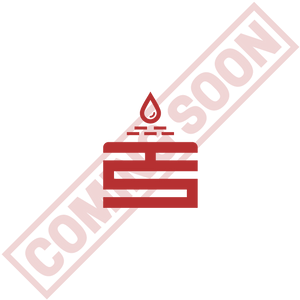Saltar a la grilla de productos
-
Agotado

Sweep Off Absorbents
Precio habitual $0.00Precio habitual
Hay muchas maneras de limpiar un derrame. Los absorbentes de barrido de TRADESAFE le brindan una opción que es más fácil de limpiar y no tiene que involucrar almohadillas y almohadas que pueden volverse pesadas y difíciles de manejar una vez saturadas.
Una vez que estos absorbentes hayan absorbido suficiente líquido, podrá simplemente barrerlos y desecharlos en una bolsa de plástico. No tendrás que entrar en contacto cercano con el material o cualquier líquido que haya absorbido.

